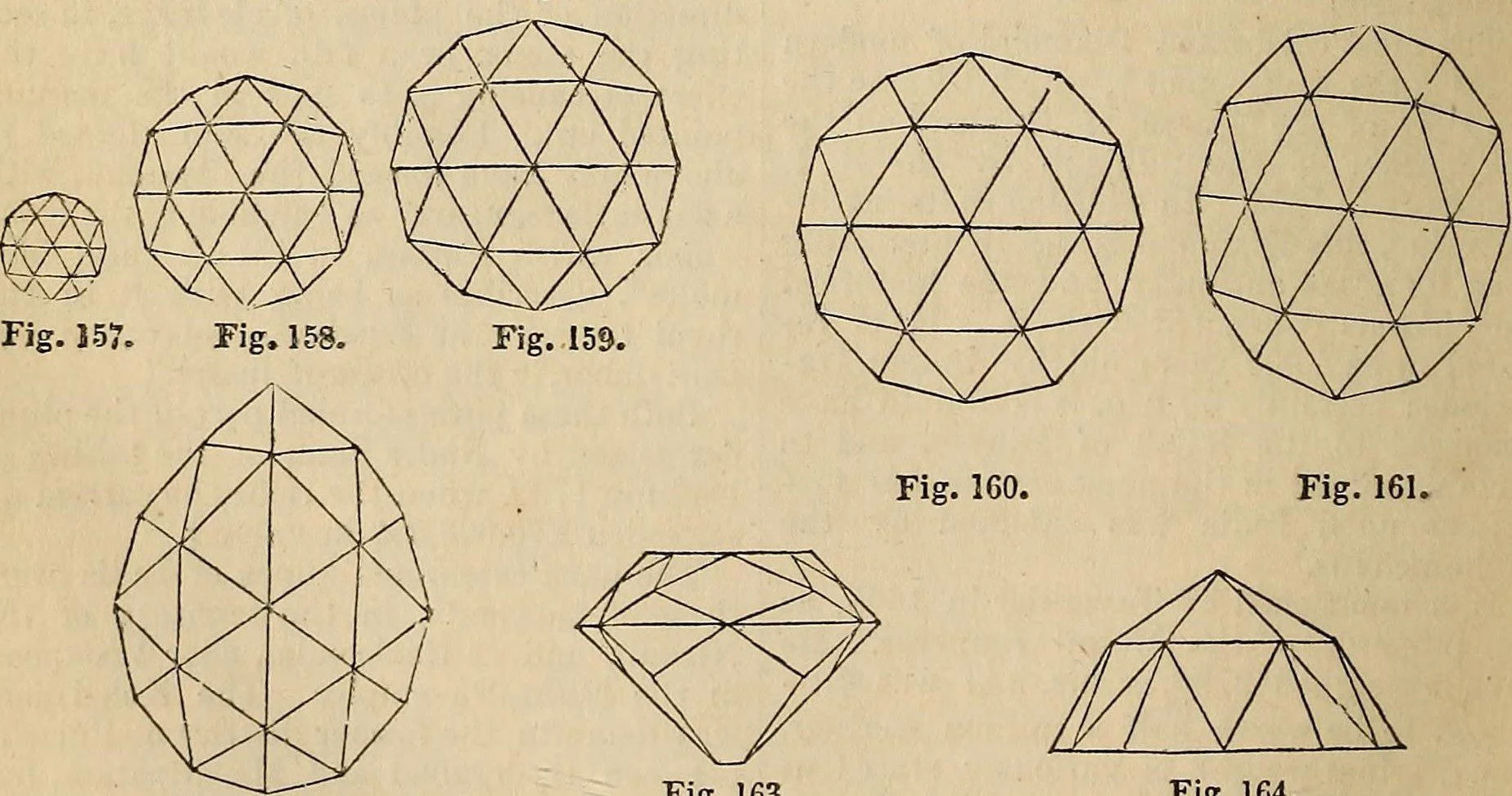When it comes to gemstones, the way they are cut plays a significant role in their appearance, sparkle, and overall value. One aspect of gem cutting that might not be immediately obvious to those new to the world of gemstones is the flat bottom faces of a gem. These faces, often found in various cuts, serve both practical and aesthetic purposes in gem design. In this article, we’ll explore the flat bottom faces of a gem and how they contribute to its overall look and quality.
What Are Flat Bottom Faces in Gemstones?
The flat bottom face of a gem refers to the flat surface of a gemstone’s pavilion, the lower portion of the stone that sits beneath the girdle (the widest part of the gem). The pavilion is typically faceted to reflect light back through the crown (the upper part of the gemstone), enhancing the gem’s brilliance. In many gemstones, especially those that are cut into specific shapes, the flat bottom serves as a stable, level surface for the stone, making it easier to set into jewelry.
These flat bottom faces are particularly common in gemstone cuts like the emerald cut, asscher cut, and certain rose cuts, which are known for their geometric shapes. The flat face allows the gem to sit securely in a setting, preventing movement and ensuring that the gemstone is properly aligned with the setting’s prongs or bezel.
How Do Flat Bottom Faces Affect Gemstones?
1. Stability and Durability
One of the key advantages of flat bottom faces is that they provide stability. A gem with a flat bottom will sit more securely in its setting, reducing the risk of shifting or loosening over time. This is particularly important for gemstones that are used in rings, earrings, and other jewelry that is exposed to everyday wear. Without a flat bottom, gemstones may be more prone to wear and tear or might not align well within the setting, leading to potential damage.
2. Brilliance and Light Reflection
The flat bottom face of a gem also plays a role in how light interacts with the stone. When cut properly, the flat bottom allows light to enter the gemstone from the pavilion and bounce back through the crown, creating brilliance. In gemstones like diamonds, the cut quality is crucial for maximizing the stone’s sparkle. The flat face allows the cutter to align facets in a way that enhances the gem’s ability to reflect and refract light.
3. Cutting and Design Precision
A flat bottom face provides a clear reference point during the cutting process. Gem cutters often use the flat face as a foundation to align other facets and ensure symmetrical proportions. This level of precision results in a cleaner, more symmetrical stone, which is not only visually appealing but also contributes to the gem’s overall value. A gemstone with a well-cut flat bottom face will generally look more polished and refined compared to one with an irregular or uneven base.
Popular Cuts Featuring Flat Bottom Faces
1. Emerald Cut
The emerald cut is one of the most common gemstone cuts featuring a flat bottom face. This cut, which has a rectangular or square shape with trimmed corners, emphasizes clarity and color over brilliance. The flat bottom allows the emerald cut to have sharp, crisp facets that reflect light in a way that showcases the gem’s clarity.
2. Asscher Cut
Similar to the emerald cut, the asscher cut also features a flat bottom. This cut is square and often used for gemstones like diamonds and sapphires. The asscher cut is known for its deep pavilion, which maximizes light reflection and gives the gem a distinct, mesmerizing sparkle.
3. Cushion Cut
Though the cushion cut has rounded corners and a more traditional, soft shape, it also frequently features a flat bottom face. This cut combines the best of both worlds—smooth, rounded edges with a flat, stable base that provides the gem with a solid foundation.
